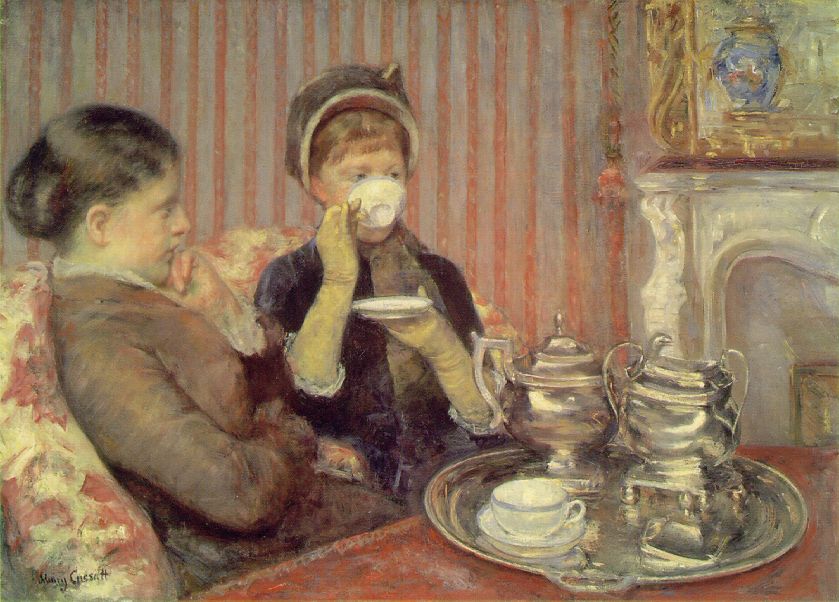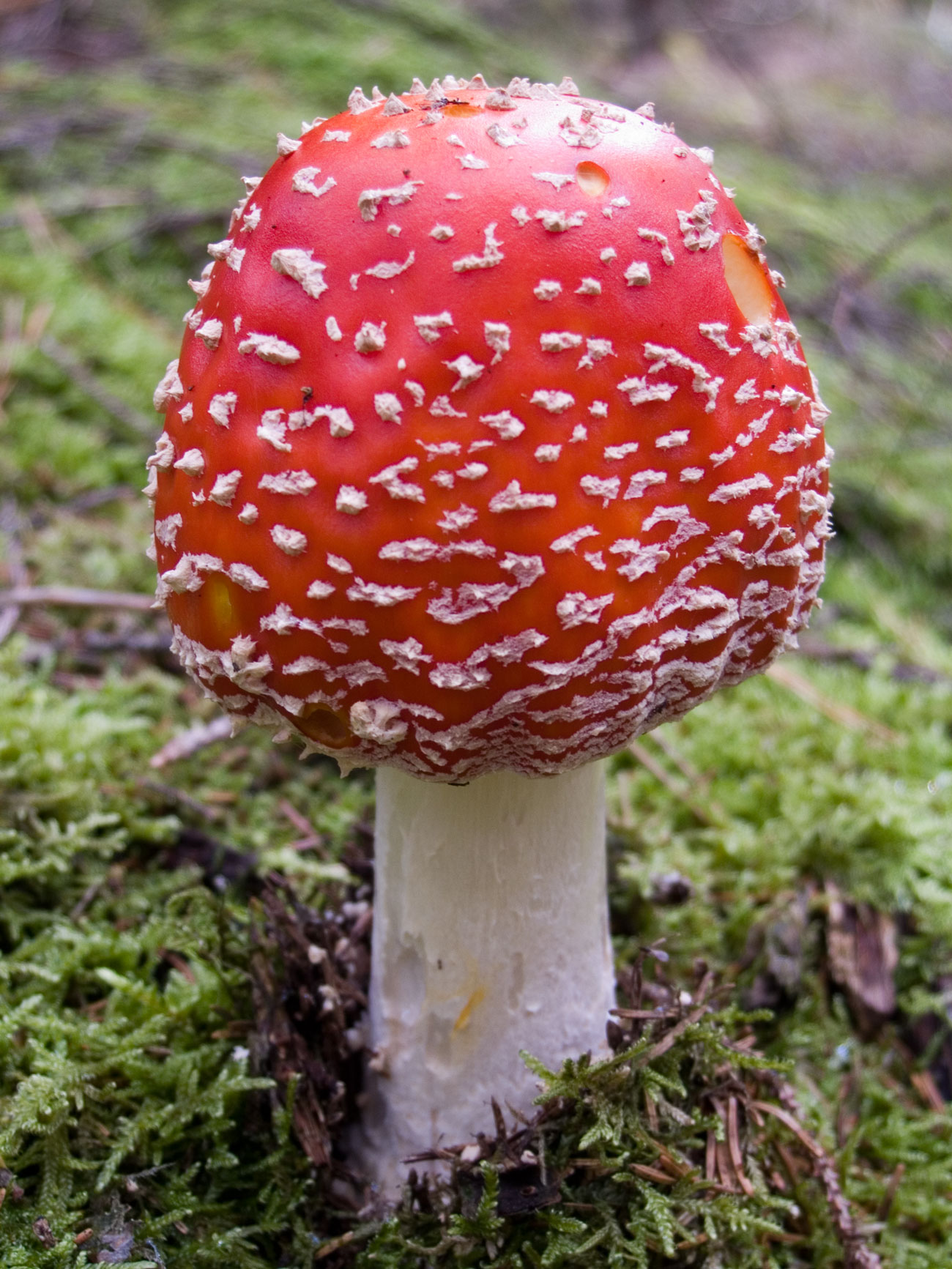 Ahh, Christmas, that lovely time of year filled with frantic buying of presents and being instructed on how to cut down on your calorie intake (Do not eat cookies. They are evil, you see!). A fragrant Christmas tree in the living room, hot drinks, and staying up late -- who wouldn't like that?
Ahh, Christmas, that lovely time of year filled with frantic buying of presents and being instructed on how to cut down on your calorie intake (Do not eat cookies. They are evil, you see!). A fragrant Christmas tree in the living room, hot drinks, and staying up late -- who wouldn't like that?Oh, right -- Russians! See, Russians don't have Christmas -- we have the New Year.
Let me expand on that: the Russian New Year has all of the above beloved elements (even the calorie counting articles!), it is just on a different day and involves drinking a lot more than usual around midnight. Christmas in Russia is considered a purely religious holiday, and only the more devoted church-goers devote much time to celebrating it.
The Russian New Year is a perfect mix of dairy products, alcohol, and chocolate. As we all know, Russians only eat heavy foods, especially on holidays. Tomatoes? Fah! A light salad with oil and vinegar? Oh please. Low-starch dishes? Inconceivable! As many a friend of mine helpfully explained to me, Russians actually subsist solely on potatoes (that, and vodka). So for the New Year the table is covered with: potato salad, potato bread, fried potatoes, pureed potatoes, deviled potatoes, the Devil disguised as a potato, potato caviar, 50 bottles of vodka, and potato livers roasted with onions. I should mention that the potato is a popular game in Russia, much like the deer of the U.S., and the potatoes are conveniently mature and antlered right around the holiday season.
Other popular holiday foods that are actually potatoes disguised as something else: tomato salad, olivye, smoked fish, the vinegret salad, pickled mushrooms, roasted meat, and layer cakes.
Generally, a large family or a group of friends gather around a table full of food and dine until midnight, at which point they turn on the television and count with the Kremlin clock till it strikes midnight, at which point they knock their champagne glasses together and drink as much as possible in a subconscious attempt to block out the fact that they are one year closer to death. Then they cheer and wish each other well-being in a conscious attempt to remember that they are also one year closer to retirement -- even the children! Because retirement is something you should look forward to in any age.
If you live in a large city like Moscow and you come out into the street at that point, it often turns out to be peacefully and strangely empty, with all cars parked and pale snow falling down softly on their hoods and the asphalt (well, except for the years when the snow turns out to be an insubstantial brown mush, that is). The only substantial lights are the streetlights, and you can see other peoples' fur trees through the windows. And there are, of course, fire works, set off by some poetically incautious youths who jump away at the last moment, only occasionally losing a toe or a finger.
All the children of Russia know that sometime after they go to sleep on that night, their presents will get delivered -- but not by Santa Clause, no! By Ded Moroz (Old Man Frost) and Snegurochka (his young ice-girl sidekick), no less. Since most Russian apartments do not tend to have chimneys, Ded Moroz usually comes in through the door -- so if you are staying in Russia on New Year's night and hear someone picking the lock, do not be afraid! Just lay still and pretend to sleep, and ignore any dark shapes with large sacks coming by -- after all, you want to get presents, right?
I shall leave you with a recipe for "Kartoshka," or, "Potatoes" -- small chocolatey cakes that are a distant relative of the Common Wild Potato.
Ingredients:
-1 cup sugar
-2 tsp. unsweetened cocoa powder
-1 cup hot milk
-A large package of graham crackers or vanilla cookies, at least 300 grams
-7 oz. butter
-Rum or rum flavouring to taste (optional)
First of all, place the cookies in a plastic bag and punch or roll them until they turn into crumbs.
Mix the sugar and cocoa, add the hot milk. Heat this in a saucepan until the sugar and cocoa dissolve, then add the crumbs and the butter. Mix until melted and add rum. Stick in the refrigerator until it is a consistency suitable for working with -- if it is too soft, add more crumbs and let stand for a while longer. When the mixture is right, form it into potato-like shapes (or just balls) and roll them in some more cocoa powder. Voila! More potatoes.









